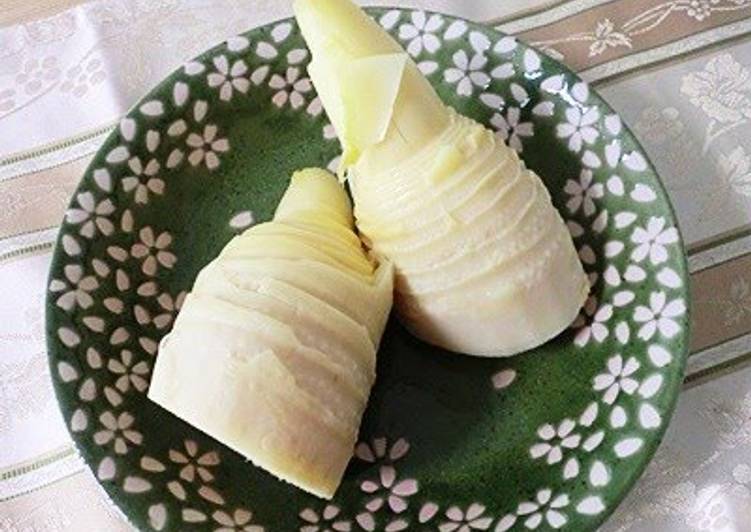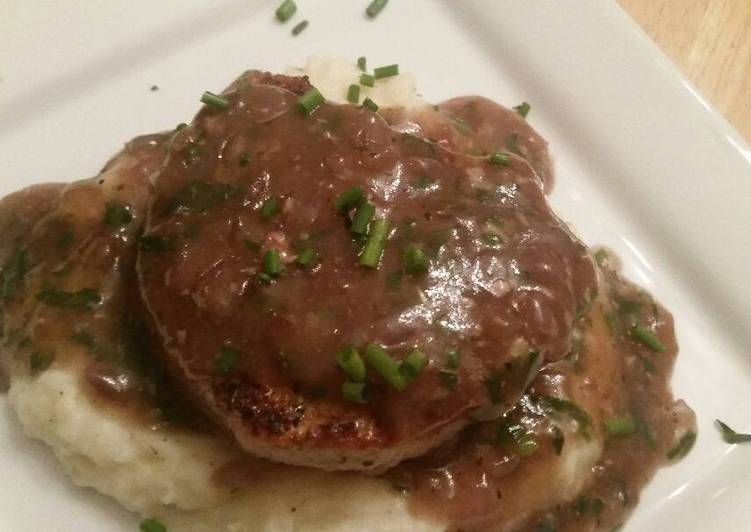
Hey everyone, it’s me again, Dan, welcome to my recipe site. Today, we’re going to prepare a distinctive dish, how to boil bamboo shoots to remove their bitterness. It is one of my favorites. This time, I will make it a little bit unique. This is gonna smell and look delicious.
How To Boil Bamboo Shoots To Remove Their Bitterness is one of the most favored of current trending meals in the world. It’s enjoyed by millions every day. It’s simple, it is fast, it tastes delicious. How To Boil Bamboo Shoots To Remove Their Bitterness is something that I’ve loved my whole life. They are nice and they look fantastic.
Bamboo shoots are a vegetable used in Asian dishes such as stir-fries. Raw bamboo shoots taste very bitter unless they are prepared properly. Clean and boil raw shoots first Check to make sure you have removed all of the tough or woody parts on the stem.
To begin with this particular recipe, we must first prepare a few components. You can have how to boil bamboo shoots to remove their bitterness using 4 ingredients and 17 steps. Here is how you can achieve it.
The ingredients needed to make How To Boil Bamboo Shoots To Remove Their Bitterness:
- Make ready 1 Raw bamboo shoots
- Get 1 handful per bamboo shoot Rice bran (nuka)
- Get 2 tbsp or so of uncooked rice per bamboo shoot If you don't have any rice bran: raw rice + the rinsing water from rinsing rice
- Make ready 1 The amounts indicated for the rice bran and rice are approximate (see Hints)
Bamboo shoots must be peeled of their brownish husk before eating. (This procedure will remove the hydrocyanic acid that gives bamboo its bitter taste.) Bamboo shoots are baby bamboo plants just as they sprout out from the earth. At this moment their flesh is tender and aromatic, mildly sweet, mildly bitter You will need to boil the shoots first in order to flush these toxins out and remove any bitterness. Once you have boiled the bamboo shoots you. Boiled bamboo shoots are used as appetizers and the decoction of shoots are used for cleaning wounds and maggot The intermediate degradation of cyanogenic glycosides and their products - the cyanohydrins - are only Documents Similar To Biochemistry of Bitterness in Bamboo Shoots.
Instructions to make How To Boil Bamboo Shoots To Remove Their Bitterness:
- Wash the bamboo shoots well. Cut the tips off diagonally. If the bottoms are dirty, cut about 1 cm off them too. Shave off any red spotty bits, which are the root ends.
- Make some slits in the bamboo shoots lengthwise and peel off about 3 outer leaves so that the bamboo shoots will cook through better. The photo here shows bamboo shoots that have already been boiled.
- Put the prepared bamboo shoots in a large pot, and add lots of water (or the white water from that rice has been washed in). Add the rice bran (or uncooked rice), mix it up quickly and cover with a lid. Start heating the pot.
- Rice bran is preferred over rice grains. If the bamboo shoots you bought didn't come with a packet of rice brain, you can use uncooked rice + rinsing water instead.
- Some people also add red chili peppers to the boiling water. This is to kill off any bacteria and to lessen the tannic flavor that's in bamboo shoots. I don't use chili peppers though since it also leaves a hot/spicy flavor on the bamboo shoots.
- If the bamboo shoots you have are too big or you have a lot them, don't hesitate to just peel them all and cut them into 2-4 pieces each!
- Fresh uncooked bamboo shoots have very tough outer leaves or skins. Make lengthwise cuts on opposing sides of each shoots until you can see the inner shoot, and then peel the skins off. The soft inner skin (called himekawa or "princess skin") can be used in simmered dishes and so on.
- The advantage to cooking bamboo shoots in their skins is that the flavor and fragrance are less likely to leech out. Plus, a substance in the skins helps to bleach and tenderize the bamboo shoots.
- Your pots may still be too small to handle whole unpeeled bamboo shoots though. This is pretty common. You can still de-bitter bamboo shoots after peeling them. Don't worry. Just be careful not to yourself when removing that tough skin.
- Whenever I receive a lot of bamboo shoots as a gift, I always peel them before boiling them. They're still very tasty in simmered dishes and so on.
- After the cooking water comes to a boil, it bubbles up very vigorously and threatens to spill over. So lower the heat as soon as the water comes to a boil.
- After about an hour has passed, try poking a shoot with a bamboo skewer. If it goes through easily, turn off the heat. (It may take longer than an hour, depending on how many you're cooking and how fresh the shoots are and so on.)
- Leave the bamboo shoots as-is until the cooking water has cooled down completely. (If you boil them in the evening, just leave the pot as is overnight.)
- Take the bamboo shoots out. Remove the peel if they're still unpeeled. Rinse the shoots in water, then soak them in plenty of water so that the shoots are completely immersed.
- Put the bowl of shoots and water in the refrigerator. If you change the water every day, the shoots will keep. However, they will lose some of their flavor and fragrance. I don't notice it too much though.
- Bamboo shoots simmered with bonito flakes..
- This is a mountain-vegetable mixed rice with bamboo shoots.
Bamboo shoots are juvenile bamboo plants that are harvested before they are two weeks old. Leave the pan uncovered to get rid of the bitterness. Taste the bamboo shoots to see if. Bamboo shoots, or takenoko, are a commonly used vegetable in Japanese cuisine and can be prepared in a variety of ways. Pre-cooked vacuum packed bamboo shoots are boiled in water with rice or rice bran, which helps to remove bitterness from the fresh shoot.
So that’s going to wrap this up with this special food how to boil bamboo shoots to remove their bitterness recipe. Thank you very much for your time. I am sure that you can make this at home. There is gonna be more interesting food at home recipes coming up. Remember to bookmark this page on your browser, and share it to your loved ones, friends and colleague. Thank you for reading. Go on get cooking!


